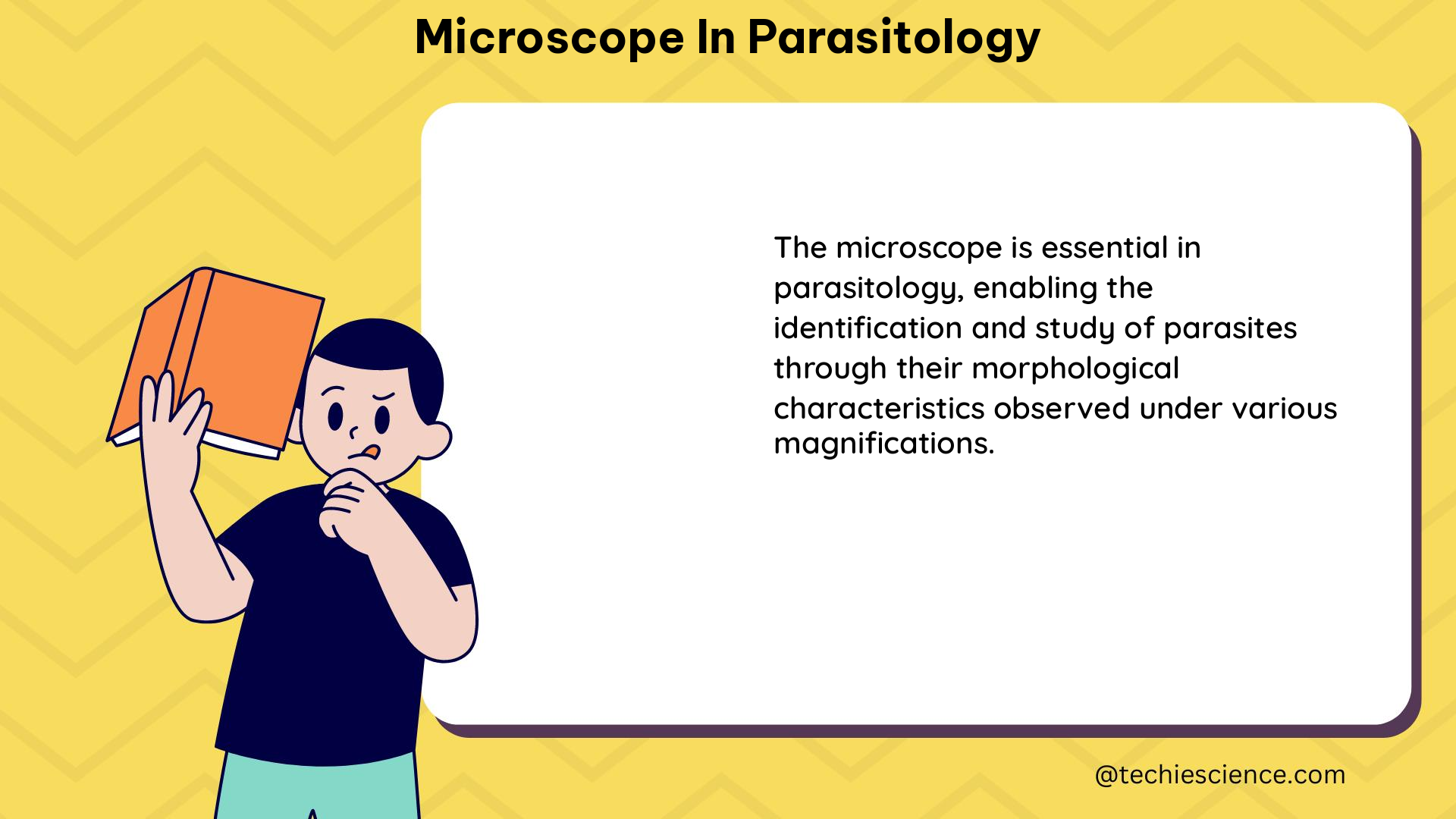The microscope is an indispensable tool in the field of parasitology, particularly in the diagnosis and quantification of malaria parasites. From the examination of thick and thin blood smears to the advanced techniques of high-content imaging, the microscope plays a crucial role in the detection, identification, and quantification of parasites.
The Role of Microscopy in Malaria Diagnosis
In malaria diagnosis, the gold standard is the examination of thick and thin blood smears stained with Giemsa. The microscope allows for the detection, identification, and quantification of malaria parasites per unit volume of blood. This information is crucial for informing diagnostic decisions between complicated and uncomplicated cases.
Portable Brightfield and Fluorescence Microscope
A study presented a portable brightfield and fluorescence microscope for gathering quantitative parasitemia data from fluorescently stained thin blood smears. This microscope demonstrated a linear correlation with measurements from a benchtop microscope, with a limit of detection of 0.18 parasites per 100 red blood cells. However, the data from using the portable microscope showed a baseline false-positive rate of approximately 0.2 parasites per 100 RBCs, or 10,000 parasites per microliter. This lower limit of quantification is sufficient for informing diagnostic decisions between complicated and uncomplicated cases but is limited to relatively high parasitemia cases.
The technical specifications of this portable microscope are as follows:
| Specification | Value |
|---|---|
| Illumination | Monochromatic visible illumination |
| Objective Lens | Long working distance singlet aspheric objective lens |
| Imaging Capability | Can image both traditionally mounted and cartridge-based blood smears |
| Imaging Modes | Brightfield and fluorescence |
| Image Capture | Two subsequent images captured for each field-of-view |
| Brightfield Images | Provide cell counts |
| Fluorescence Images | Provide parasite localization data |
High-Content Imaging in Malaria Parasite Quantification and Characterization
High-content imaging is another tool used in malaria parasite quantification and characterization. This method allows for the collection and quantification of numerous phenotypic properties at the single-cell level, enabling automated classification and clustering of cell populations. By monitoring stage progression and quantifying parasite phenotypes, high-content imaging can discern stage specificity of new compounds, providing insight into the compound’s mode of action.
The key advantages of high-content imaging in parasitology include:
- Single-Cell Analysis: Ability to collect and quantify numerous phenotypic properties at the individual cell level.
- Automated Classification: Enables automated classification and clustering of cell populations based on their phenotypic characteristics.
- Stage Progression Monitoring: Allows for the monitoring of parasite stage progression, providing insights into the mode of action of new compounds.
- Phenotype Quantification: Enables the quantification of changes in parasite morphology and other phenotypic properties.
Standardization of Malaria Clinical Microscopy

For malaria clinical microscopy, the standards described in the World Health Organization’s (WHO) “Towards harmonization of microscopy methods for malaria clinical research” guide a move towards common standards for undertaking and reporting research microscopy for malaria parasite detection, identification, and quantification. These standards are based on agreed quality assurance standards for research malaria microscopy defined by participants in an informal consultation convened by the Special Programme for Research and Training in Tropical Diseases (TDR).
The key aspects of these standards include:
- Microscope Specifications: Detailed requirements for the optical and mechanical components of the microscope, such as the objective lens, illumination system, and stage.
- Slide Preparation: Guidelines for the preparation of thick and thin blood smears, including staining techniques and quality control measures.
- Parasite Identification and Quantification: Standardized methods for the identification and quantification of malaria parasites, including the use of reference images and training materials.
- Quality Assurance: Procedures for ensuring the accuracy and reliability of malaria microscopy, such as regular proficiency testing and external quality assurance programs.
By adhering to these standards, researchers and clinicians can ensure the comparability and reproducibility of malaria microscopy results, which is crucial for informing diagnostic decisions and evaluating the efficacy of new interventions.
Conclusion
The microscope is a critical tool in the field of parasitology, particularly in the diagnosis and quantification of malaria parasites. From the traditional examination of Giemsa-stained blood smears to the advanced techniques of high-content imaging, the microscope plays a pivotal role in the detection, identification, and quantification of parasites. The technical specifications of the microscope, such as bimodal imaging and monochromatic visible illumination, enable accurate and efficient parasite detection and quantification. However, the limitations of the microscope’s lower limit of quantification and false-positive rate must be considered in diagnostic decisions. The standardization of malaria clinical microscopy, as outlined by the WHO, is crucial for ensuring the comparability and reliability of research and clinical findings in this field.
References:
1. A portable brightfield and fluorescence microscope toward gathering quantitative parasitemia data from fluorescently stained thin blood smears. NCBI. https://www.ncbi.nlm.nih.gov/pmc/articles/PMC8989350/
2. High-content imaging as a tool to quantify and characterize malaria parasites. ScienceDirect. https://www.sciencedirect.com/science/article/pii/S2667237523001455
3. Towards harmonization of microscopy methods for malaria clinical research. NCBI. https://www.ncbi.nlm.nih.gov/pmc/articles/PMC7471592/

The lambdageeks.com Core SME Team is a group of experienced subject matter experts from diverse scientific and technical fields including Physics, Chemistry, Technology,Electronics & Electrical Engineering, Automotive, Mechanical Engineering. Our team collaborates to create high-quality, well-researched articles on a wide range of science and technology topics for the lambdageeks.com website.
All Our Senior SME are having more than 7 Years of experience in the respective fields . They are either Working Industry Professionals or assocaited With different Universities. Refer Our Authors Page to get to know About our Core SMEs.